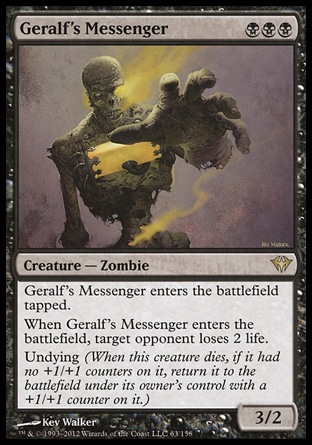

This is a special action it doesn’t use the stack (see rule 116). 702.37e Any time you have priority, you may turn a face-down permanent you control with a morph ability face up.702.37d You can’t normally cast a card face down.The morph effect applies to the face-down object wherever it is, and it ends when the permanent is turned face up. When the spell resolves, it enters the battlefield with the same characteristics the spell had. You can use a morph ability to cast a card from any zone from which you could normally play it. This follows the rules for paying alternative costs. “Morph ” means “You may cast this card as a 2/2 face-down creature with no text, no name, no subtypes, and no mana cost by paying rather than pay its mana cost. 702.37a Morph is a static ability that functions in any zone from which you could play the card it’s on, and the morph effect works any time the card is face down.Rules įrom the Comprehensive Rules (June 16, 2023- The Lord of the Rings: Tales of Middle-earth) Cast it any time for its spellmorph cost). Spellmorph, that can appear on Instants and Sorceries, first appeared on a test card in the Mystery Booster set ( You may cast this card face down as a 2/2 creature for. Īuramorph was realized in Commander 2019 with Gift of Doom. Other options that were looked at were "Smorph"(4 for a facedown 2/2 with a +1/+1 counter) and "Auramorph" (3 for a facedown 2/2 that's an aura on the backside).

R&D nicknamed that mechanic "borph" as in "bear morph" because Bears are slang for a vanilla 2/2. This new mechanic was very similar but instead of three mana to cast the 2/2 face-down creature it cost two mana. "Borph", "Smorph" and "Auramorph" įor a while, an alternate version of morph was considered for the design of Khans of Tarkir. Morph, megamorph and manifest all reappeared in Commander 2019. Fate Reforged, The second set of the Khans of Tarkir block featured manifest, the proto-morph from Tarkir's past. The mechanic was now visually represented as a swirl of draconic magic, used as a disguise. These "clay spiders" can be seen in the art for Dermoplasm and several other cards. It's that spider-shaped creature shell that is represented in Onslaught’s expansion symbol ( ). Most morph creatures in these sets had a visual cue in their art that represented the mysteriously uniform “morph shell” from which the morph creature emerges. The ability first appeared in Onslaught block and was revisited in the Time Spiral block. The rules team pitched the idea to Mark Rosewater, who loved it. As all face-down creatures were the same, it would create a sense of mystery. Cards could be cast face-down and then, for a cost, could be later turned face-up. The rules team realized the solution led to a mechanic. The answer was to define face-down cards as creatures with power and toughness. Pillar of Flame was designed specifically to remove undying creatures in this way, both to balance Constructed games and to evoke the flavor of holy power driving back the darkness in Avacyn Restored.Morph came about because the rules team was trying to figure out a way to make Illusionary Mask and Camouflage work. The creature never "would die" because regeneration replaces the event that would send it to the graveyard in the first place.) (Note, however, that Pillar of Flame doesn't defeat regeneration. (Because of how the Pillar of Flame card is worded, this happens even if it is killed by something else, like combat damage or getting -1/-1 from Golgari Charm or whatever.) This means "When this creature dies" never triggers at all. So, the creature never dies - when a situation would normally cause it to die, you exile it instead. A replacement effect happens in place of some other event. This is what's called a replacement effect. If a creature dealt damage this way would die this turn, exile it instead. It goes on the stack after the specified event (in this case, the creature going to the graveyard) occurs. Undying ( When this creature dies, if it had no +1/+1 counters on it, return it to the battlefield under its owner's control with a +1/+1 counter on it.) To explain why, let's take a look at the specific wording of the cards.


 0 kommentar(er)
0 kommentar(er)
